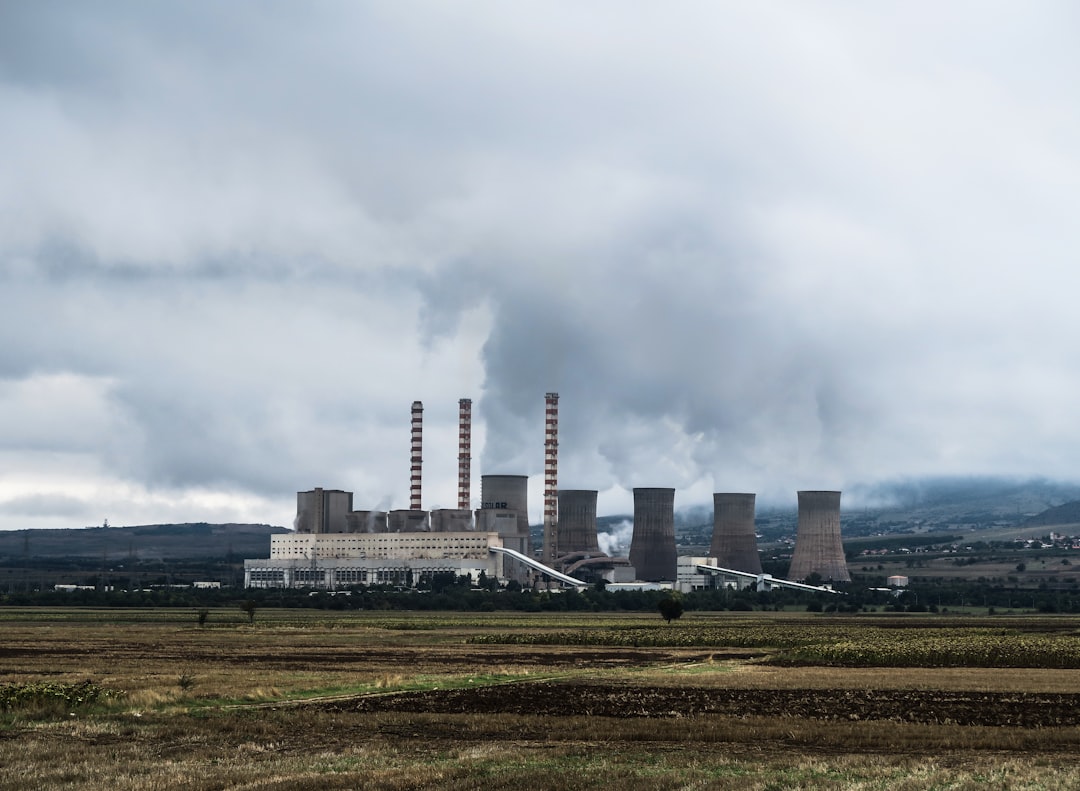What is it about?
In the development of eco-friendly polymeric composite materials, interface adhesion between plant fibers and synthetic polymers is crucial for performance. One strategy to improve this adhesion is the surface treatment of the fiber with silanes which were studied in this work and extensively characterized for the correct assessment of enhanced properties, like contact angle and interfacial shear strength.
Featured Image

Photo by Jakob Owens on Unsplash
Why is it important?
With the huge amount of different plant fibers available, characterization of each fiber type in combination with different polymer resins and respective surface treatment are important for the advancement of the entire field of plant fiber reinforced composites. This can enable the spread to more advanced uses for this important type of eco-friendly materials.
Perspectives
In writing this article, I noticed how big the field of plant fibers reinforced composites had become and how important is the research on materials that could help us to mitigate our current impact on the environment. Also, I couldn't help but notice that this particular field of research is composed by many disciplines and with this many conceptual error in the literature. This problem made me to put a lot of effort on acquiring the right information (culminating in a book chapter) and I hope this article can be of great use for future works.
Alan Silva
Universidade Federal do Rio Grande do Sul
Read the Original
This page is a summary of: Effect of silane treatment on the Curaua fibre/polyester interface, Plastics Rubber and Composites Macromolecular Engineering, March 2019, Taylor & Francis,
DOI: 10.1080/14658011.2019.1586373.
You can read the full text:
Resources
Contributors
The following have contributed to this page










